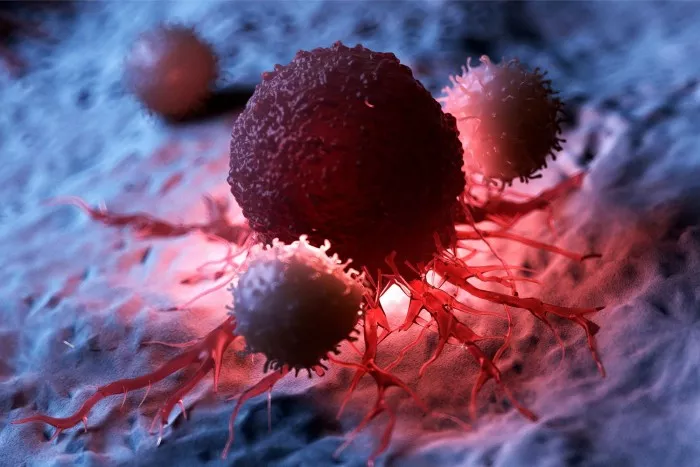According to a report published in eLife on May 10, 2022, scientists have identified a potential new target for the treatment of juvenile bone marrow cell leukemia (JMML) patients with blood cancer. Their findings in zebrafish and JMML patients suggest that anti-inflammatory drugs may be a new way to fight the disease.

JMML is a highly invasive blood cancer with poor prognosis. Children with Noonan disease (NS) are a relatively common developmental syndrome. They have a high risk of diseases similar to JMML. This disease is called myeloproliferative tumor and may later develop into JMML. Mutation of PTPN11 gene encoding protein tyrosine phosphatase SHP2 is the most common genetic cause of JMML and ns.
"Hematopoietic stem cells and progenitor cells are considered to be the cells of origin of JMML," said Maja solman, the first author and postdoctoral fellow of hubrecht Institute in Utrecht, the Netherlands. "At present, hematopoietic stem cell transplantation is the only treatment for the disease, but its recurrence rate is 50%. Because the treatment options for JMML are so limited, we hope to better understand the development of the disease and determine other possible targeted therapies.".

This image shows macrophages (red) and neutrophils (green) in zebrafish embryos with SHP2 mutations. The head of the embryo is on the left and the tail is on the right. Similar to the situation in JMML patients, this fish has more macrophages and neutrophils than fish without SHP2 mutation.
To do this, solman and the team used a new zebrafish model with SHP2 mutation, which is equivalent to the most common mutation that causes JMML in NS patients. They used a technique called single cell transcriptomics to examine gene expression levels in animals' hematopoietic stem and progenitor cells. Analysis showed that the number of monocytes and macrophage progenitor cells in fish embryos increased, and these cells expressed genes related to immune response.
The team then compared these results with their analysis of hematopoietic stem cells and progenitor cells containing SHP2 mutations in the bone marrow of JMML patients. They found that the pro-inflammatory gene expression patterns in these cells were similar to those found in zebrafish.
Finally, they treated zebrafish embryos with dexamethasone, a common anti-inflammatory drug. They found that this drug can help to save JMML like blood defects in fish, indicating that anti-inflammatory drugs may one day become an important treatment strategy for JMML.
"Our work reveals the striking similarity of the proinflammatory response of human and zebrafish cells containing SHP2 mutations, and shows that inhibition of this response can improve JMML like symptoms in zebrafish models," concluded Jeroen den Hertog, senior author, leader and managing director of hubrecht Institute, and professor of molecular developmental zoology at Leiden University in the Netherlands. "These findings together lay the foundation for future research to verify the effectiveness of anti-inflammatory drugs as a potential new treatment for JMML patients.".